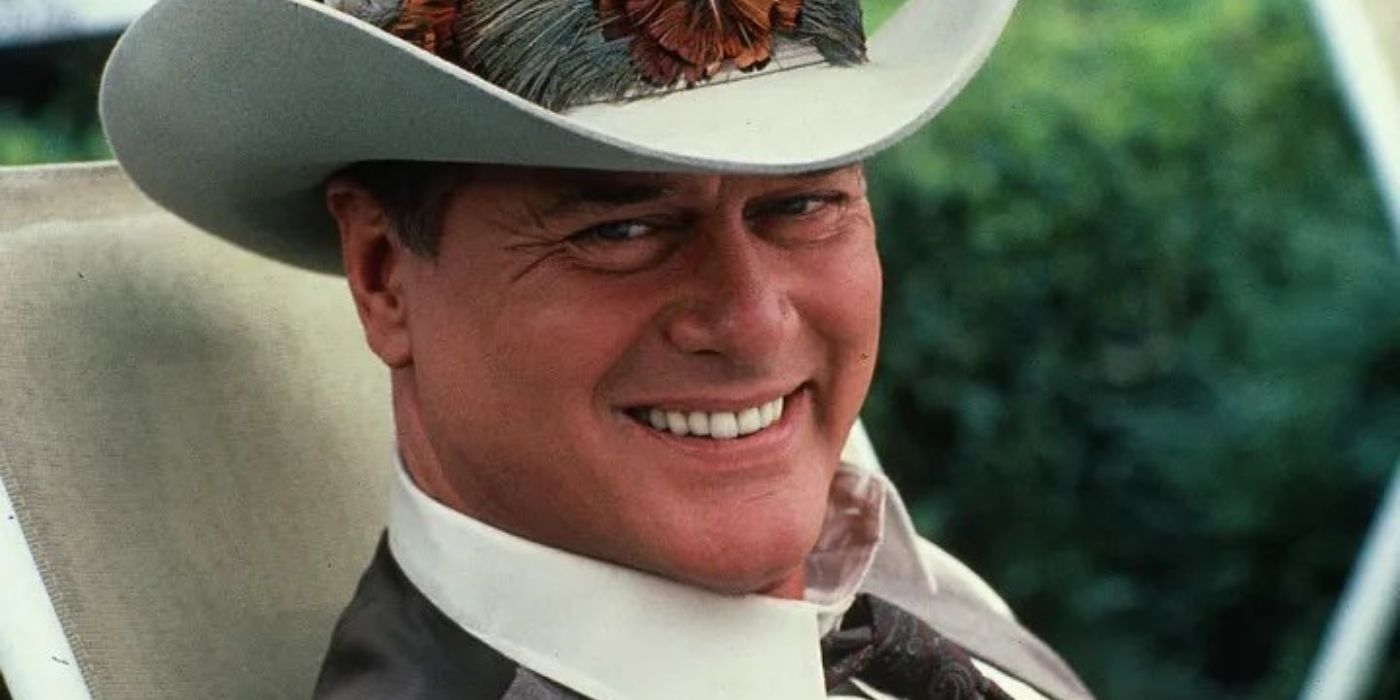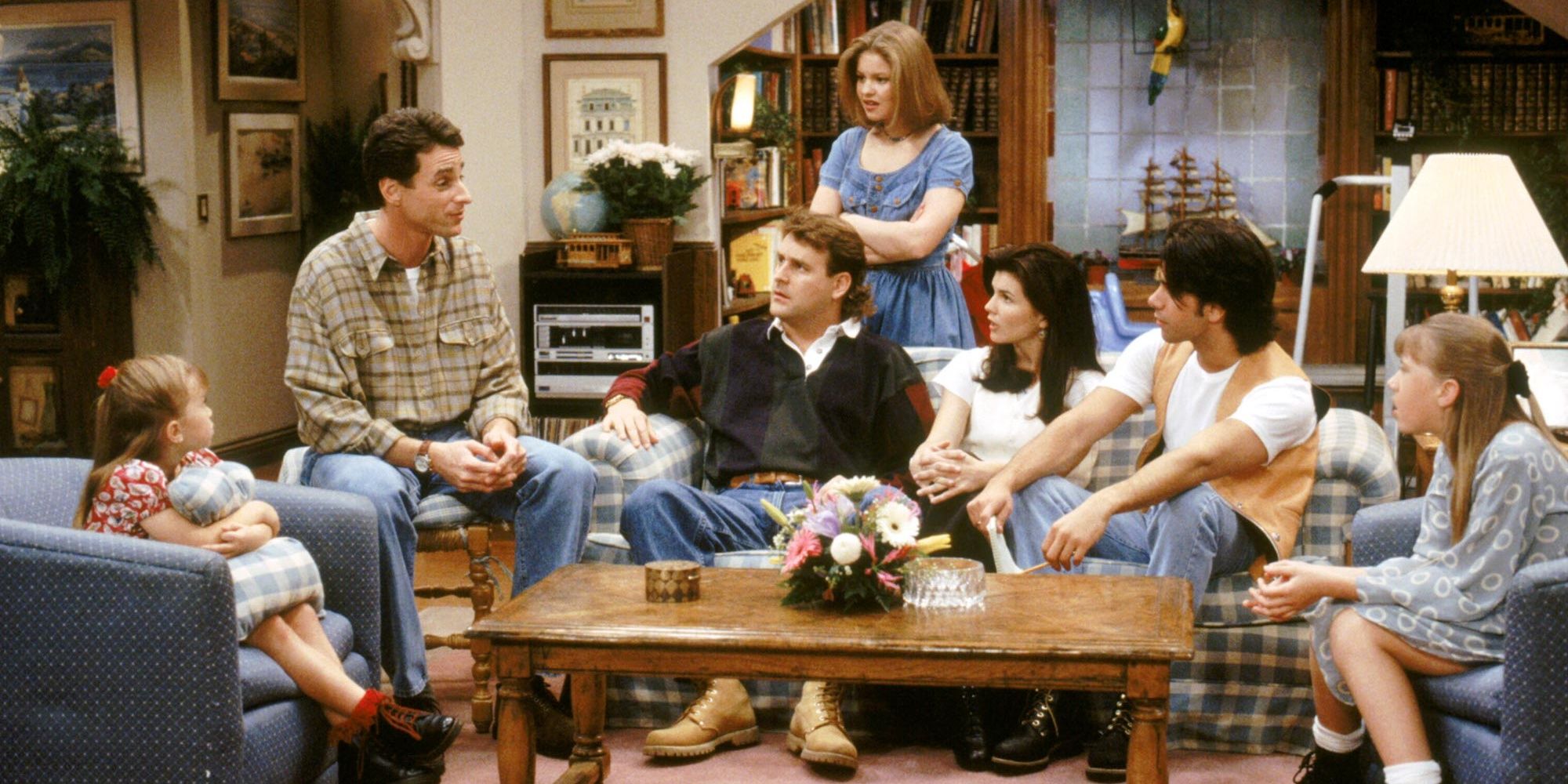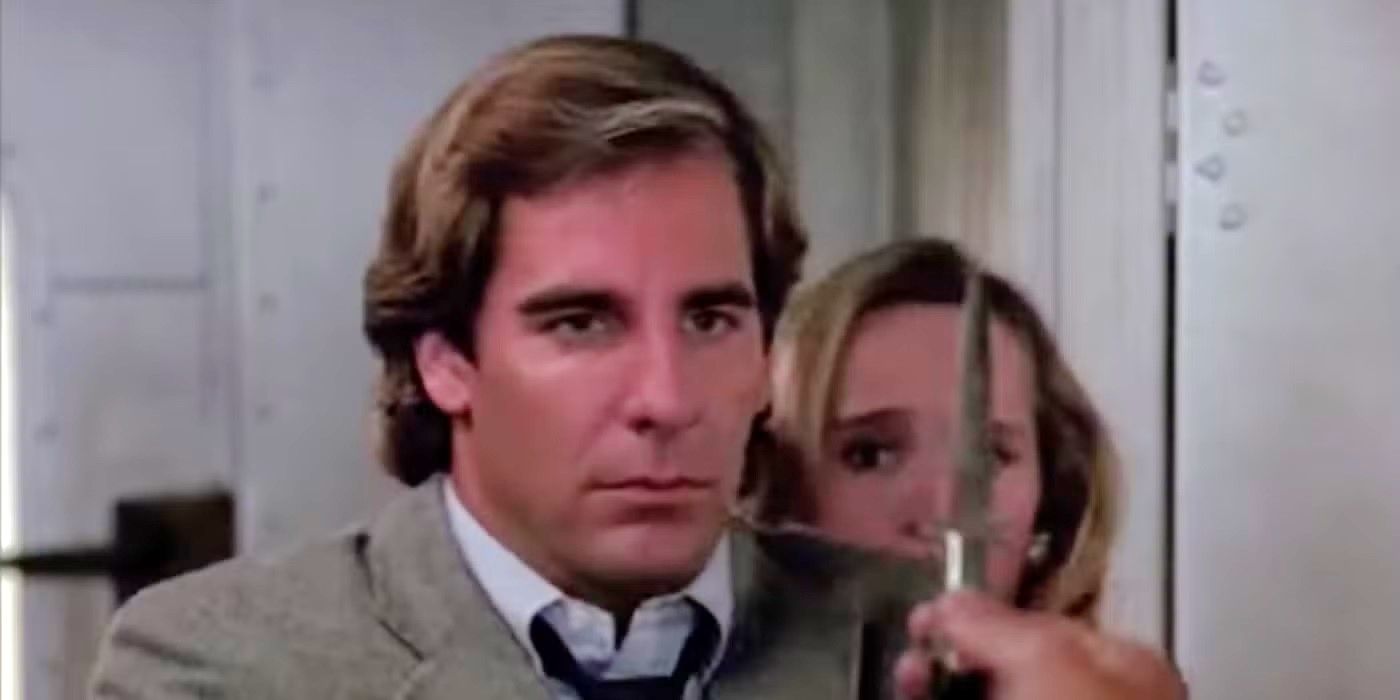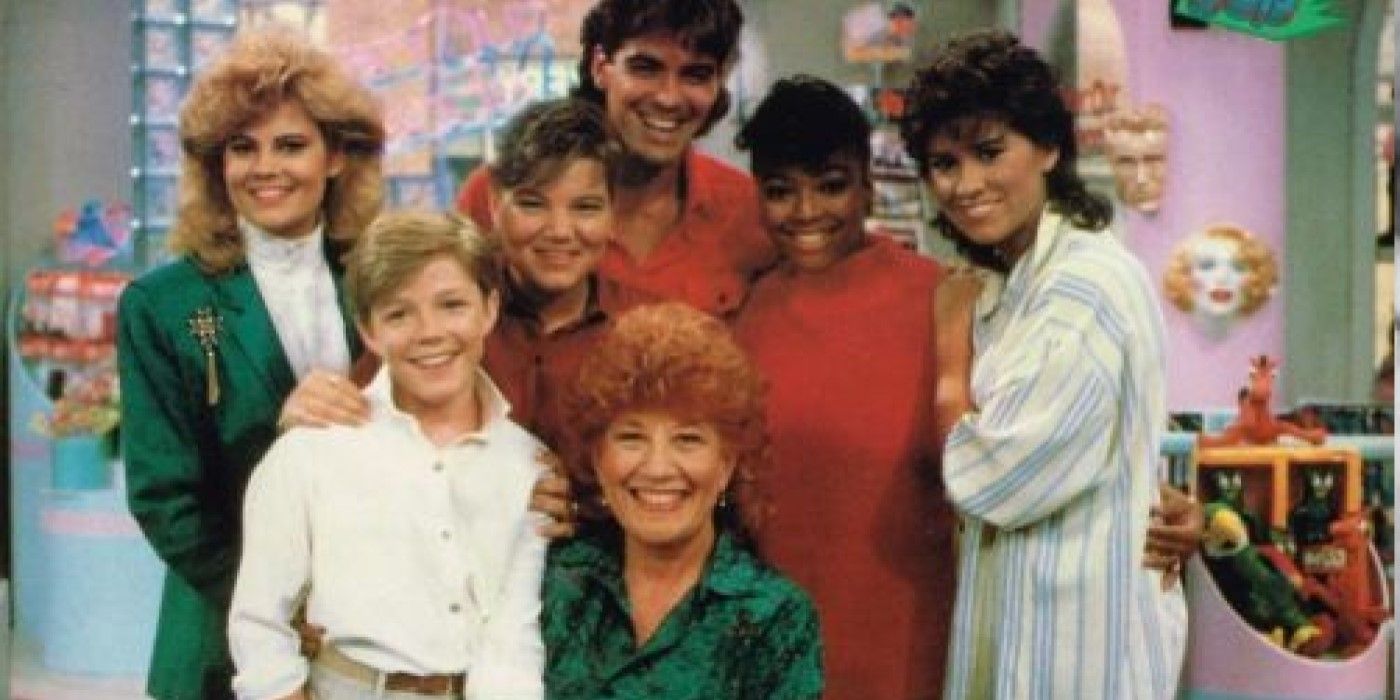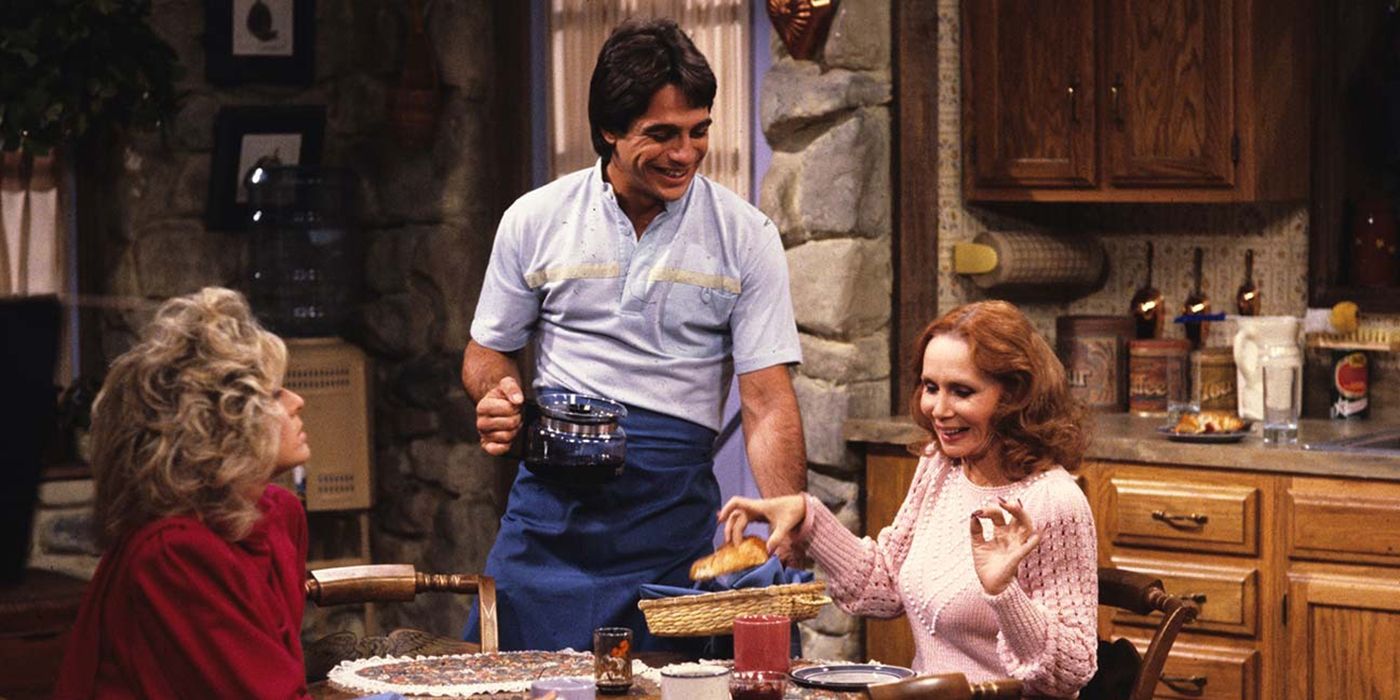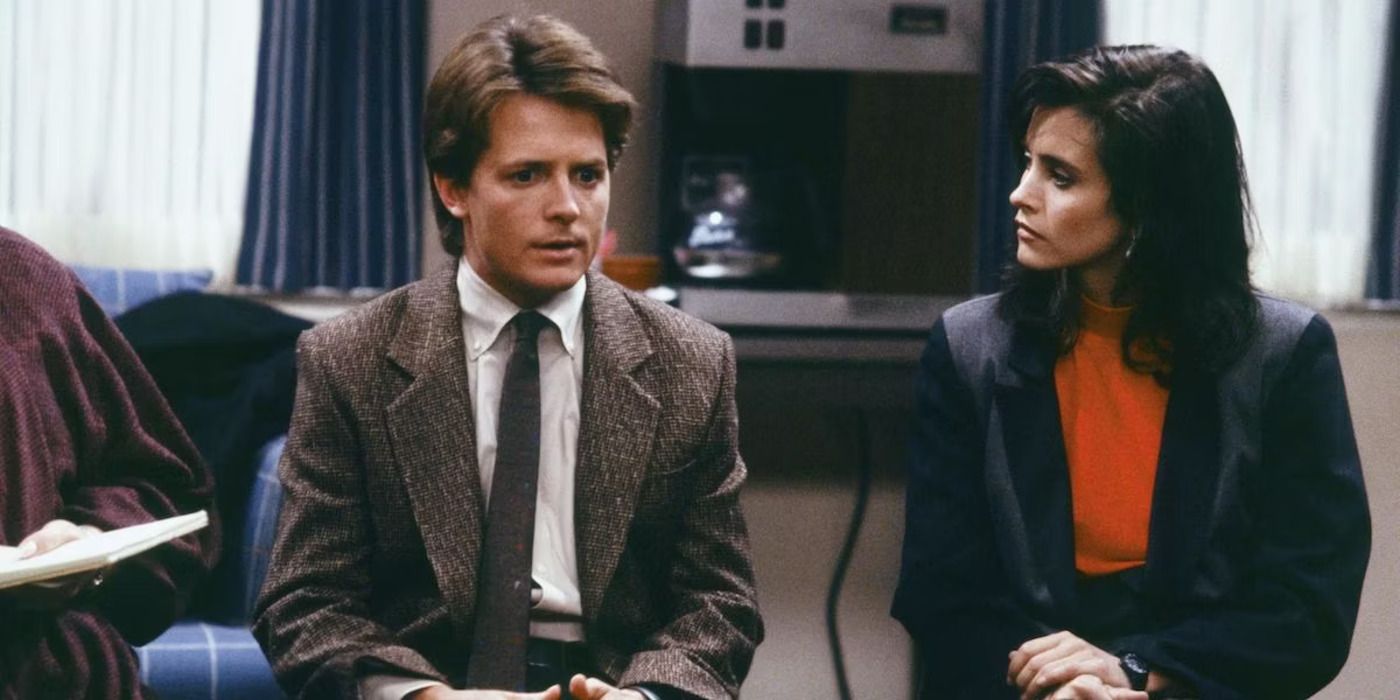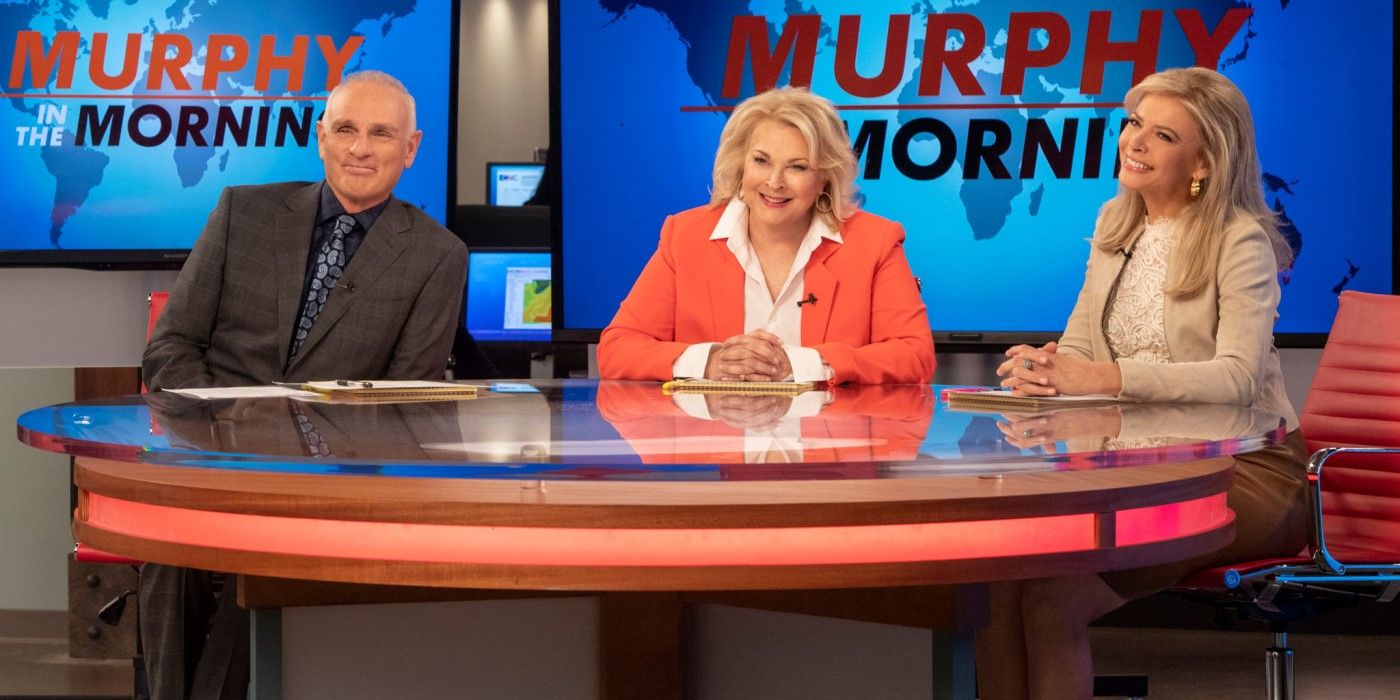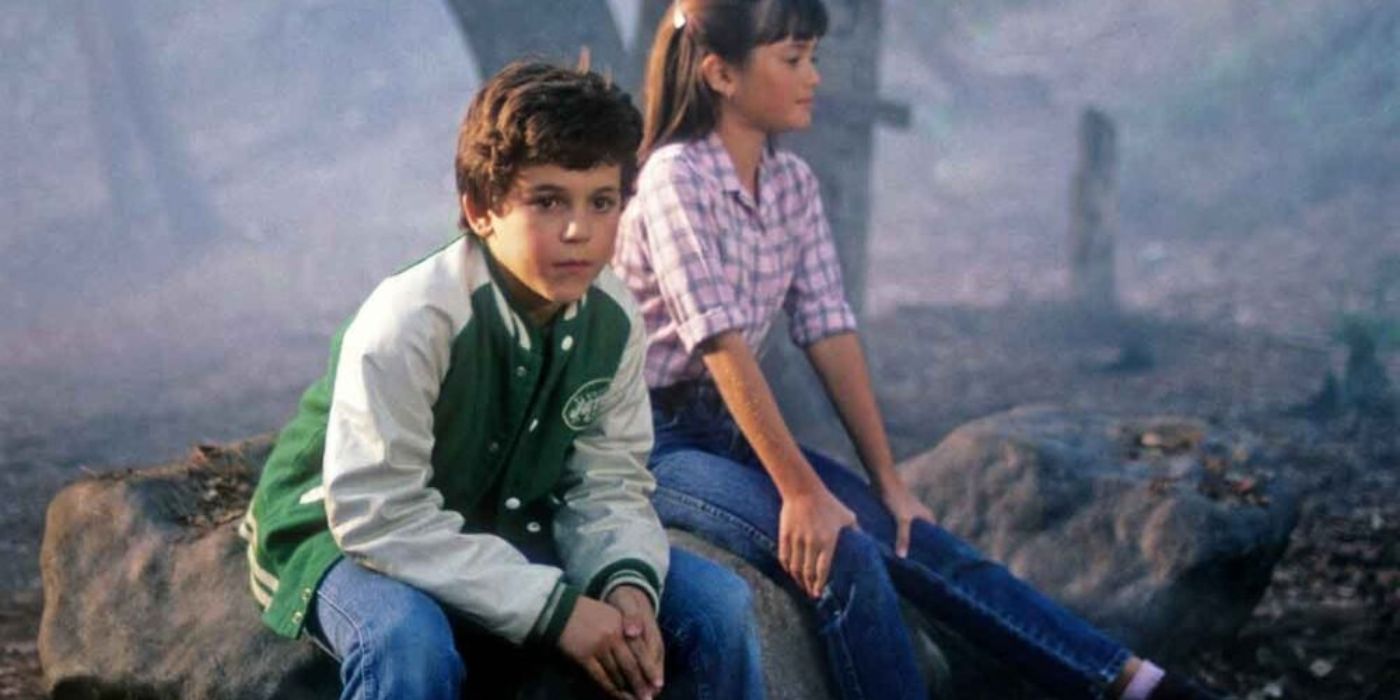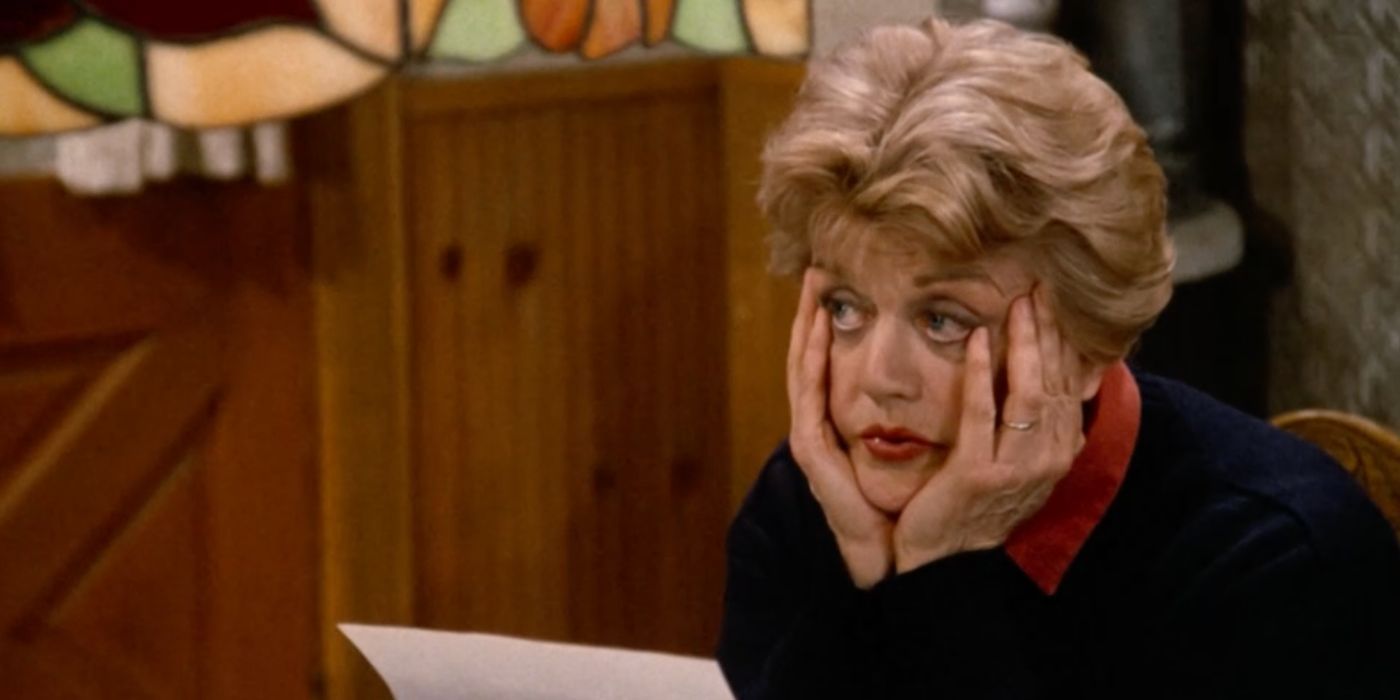The 1980s stood out for its unforgettable television shows across various genres, including sitcoms, soap operas, mysteries, and more. Yet, among these, certain series emerged as particularly influential, leaving an indelible mark on the television landscape and paving the way for future shows.
Many of the most impactful shows from the ‘80s made a comeback later through sequels or reboots, featuring either returning cast members or entirely new ones. Today, these classics remain accessible for streaming, allowing a new generation to appreciate their brilliance while older viewers can revisit their favorite episodes.
10
‘Dallas’ (1978–1991)
Created by David Jacobs
As one of the pioneering prime-time soap operas, Dallas set the standard for many shows that followed. The narrative revolves around a wealthy Texas oil family, showcasing the intricate drama that unfolds among its members. This groundbreaking series played a significant role in popularizing the concept of episodic cliffhangers and season finales, with the famous “Who shot J.R.?” storyline becoming one of the most discussed moments in television history. The episode that eventually revealed the mystery ranks as the second-highest-rated primetime telecast in history.
Dallas also shocked audiences with its “it was all a dream” plot twist, which left viewers stunned when Patrick Duffy reprised his role as Bobby Ewing after his character was killed off the previous season. This twist became a defining moment in television storytelling, influencing countless other shows that followed, often referring to Dallas as the series that ignited the trend, regardless of the mixed opinions surrounding it.
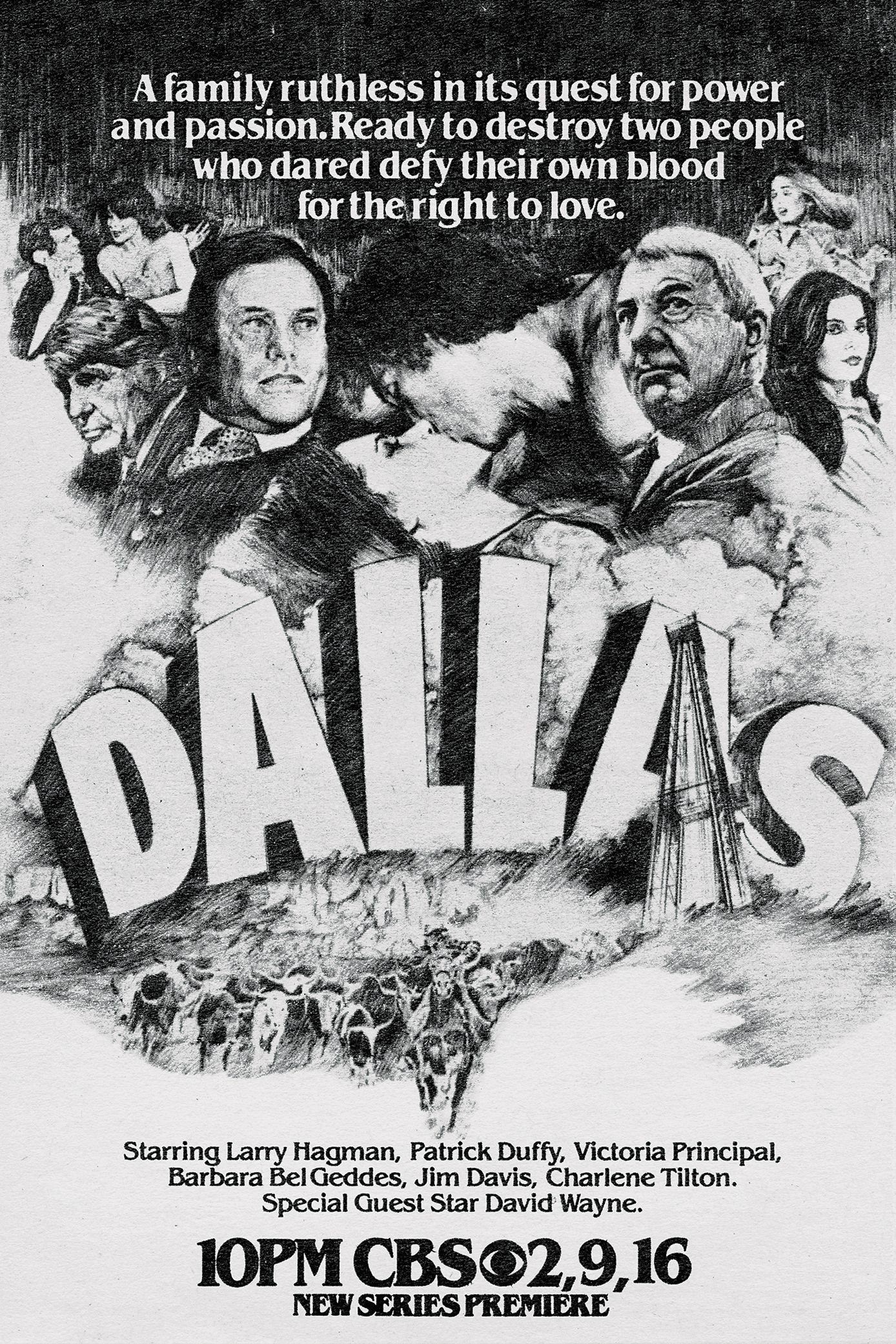
Dallas
- Release Date
-
1978 – 1990
- Network
-
CBS
9
‘Full House’ (1987–1995)
Created by Jeff Franklin
Full House revolutionized the sitcom landscape by presenting a unique family dynamic, emerging from a backdrop of tragedy. Following the heartwarming story of Danny Tanner (Bob Saget), who loses his wife in a devastating car accident, he finds support from his brother-in-law Jesse (John Stamos) and best friend Joey (Dave Coulier) as they join him in raising his three daughters. This premise naturally leads to a blend of hilarity and touching moments.
By showcasing that families can take many forms beyond the traditional nuclear model, Full House paved the way for modern shows like Modern Family, which further explored non-traditional family structures. Each episode is infused with themes of friendship and family, delivering uplifting messages that resonate with audiences, making it ideal for family viewing.
8
‘Quantum Leap’ (1989–1993)
Created by Donald P. Bellisario
Quantum Leap introduced the concept of time travel to the television audience, a narrative style that was predominantly explored in films at the time. The series follows Dr. Sam Beckett (Scott Bakula), a physicist who becomes a test subject in his own time travel experiment. His adventures lead him to leap into the lives and bodies of various people throughout different timelines, where he must make significant changes to correct historical mistakes and ensure a better future.
Way ahead of its time, Quantum Leap delved into themes of artificial intelligence and social issues, such as racism, sexism, and intolerance, long before they became mainstream topics in television discussions.
7
‘The Facts of Life’ (1979–1988)
Created by Dick Clair and Jenna McMahon
“You take the good, you take the bad, you take them all and there you have the facts of life.” This famous line from the show’s theme song encapsulates the essence of The Facts of Life, which is a spin-off of Diff’rent Strokes and focuses on Mrs. Edna Garrett (Charlotte Rae), the house mother at an all-girls boarding school.
This coming-of-age sitcom explored the lives of teenage girls as they navigated real-life challenges in relatable and meaningful ways. The Facts of Life was groundbreaking for its time, addressing topics that were often considered taboo in sitcoms, including a notable storyline about a character’s loss of virginity, which even included a parental advisory due to its sensitive nature. By tackling such subjects, The Facts of Life encouraged meaningful conversations and reflected the complexities of growing up.
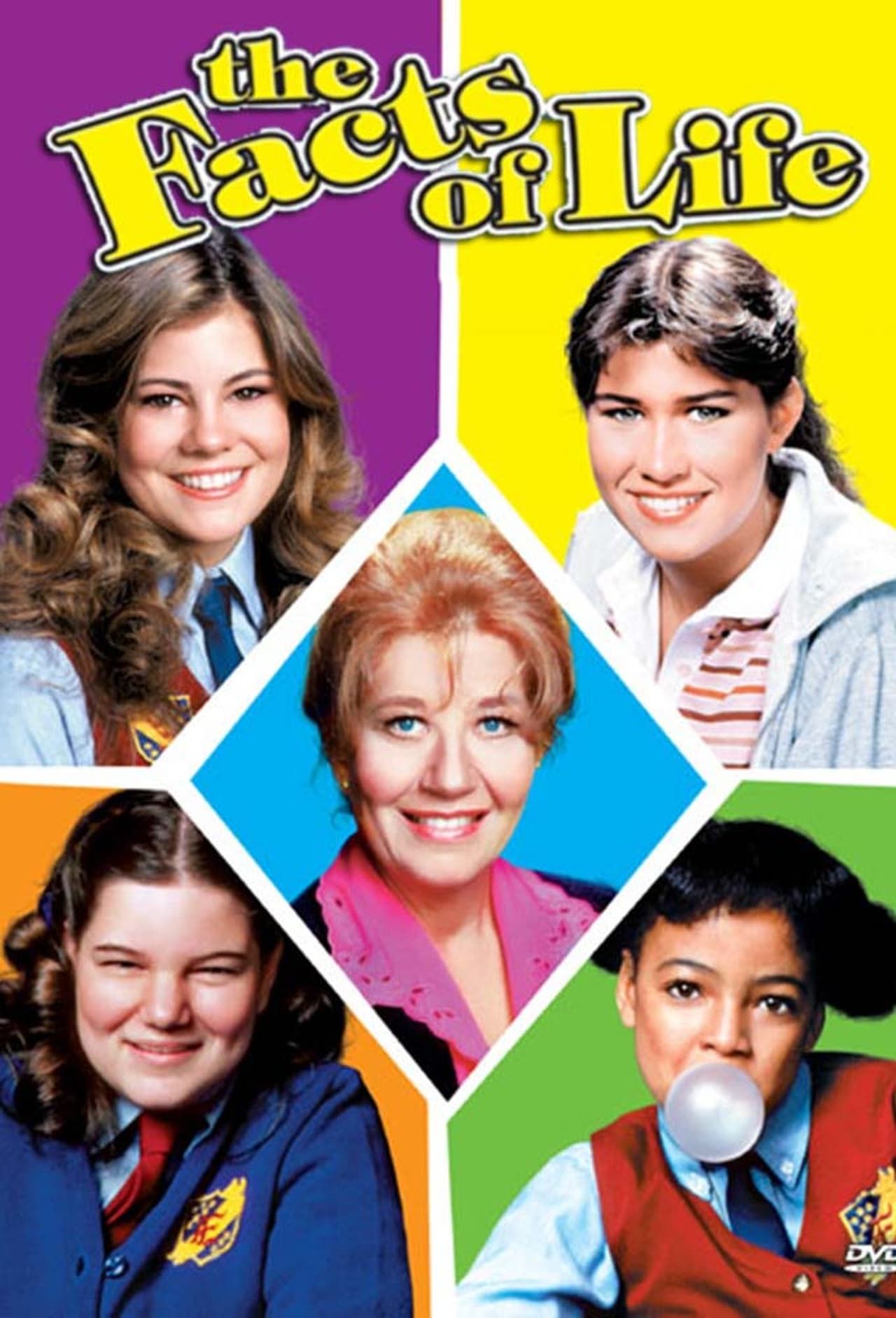
The Facts of Life
- Release Date
-
1979 – 1988
- Network
-
NBC
6
‘Who’s the Boss?’ (1984–1992)
Created by Martin Cohan and Blake Hunter
Who’s The Boss? was a trailblazer for women’s rights and equality long before these topics gained widespread attention. During the ’80s, the notion of women working outside the home and pursuing careers was becoming more accepted. The show reflects this societal shift through Angela Bower (Judith Light), a single working mother who hires Tony Micelli (Tony Danza), a former professional baseball player, to help care for her son and manage household chores. This unexpected arrangement challenges traditional gender roles and provides a refreshing perspective on domestic dynamics.
Fans were drawn to the chemistry and romantic tension between the two leads, encapsulating a unique twist where the man was the one taking on household responsibilities. Notably, this show became one of the most rewatchable sitcoms of the ’80s, highlighting that both Tony and Angela were comfortable in their roles, without feeling the need to conform to societal expectations.

Family Ties
- Release Date
-
1982 – 1989
- Network
-
NBC
5
‘Family Ties’ (1982–1989)
Created by Gary David Goldberg
Family Ties is a humorous sitcom that focuses on a typical American family, but it gained popularity for its exploration of political differences within family dynamics. The show features Alex P. Keaton (Michael J. Fox), a conservative young man raised by liberal parents, Steven (Michael Gross) and Elyse (Meredith Baxter), who were part of the hippie movement. The series cleverly examines the conflict between Alex’s conservative beliefs and his parents’ progressive ideals, providing a comedic yet poignant look at family relationships.
Set against the backdrop of the politically charged atmosphere of the ’80s, Family Ties tackled important societal issues with humor and heart, resonating with audiences on both sides of the political spectrum. By addressing these topics in a lighthearted manner, the show became a significant cultural artifact, reflecting the evolving landscape of American politics during a transformative decade.

4
‘Murphy Brown’ (1988–1998)
Created by Diane English
Similar to Who’s the Boss?, Murphy Brown featured a strong female lead navigating the complexities of her career in the ‘80s. The show centers on Murphy Brown, portrayed by Candice Bergen, who initially prioritizes her career over family, a choice that was considered revolutionary at the time. Later, when she decides to have a child, the show inadvertently sparked a significant discussion on the challenges faced by single mothers in the workplace. This situation even drew criticism from then-Vice President Dan Quayle, who publicly condemned the character, prompting a powerful response from the show in one of the most memorable episodes of the ‘90s.
This sitcom not only ranks among the greatest of the ‘90s but also had a profound cultural impact by presenting a strong, independent woman who proved that it was possible to balance career and family life. Murphy Brown paved the way for future female leads in television, demonstrating that women could thrive in both their professional and personal lives.
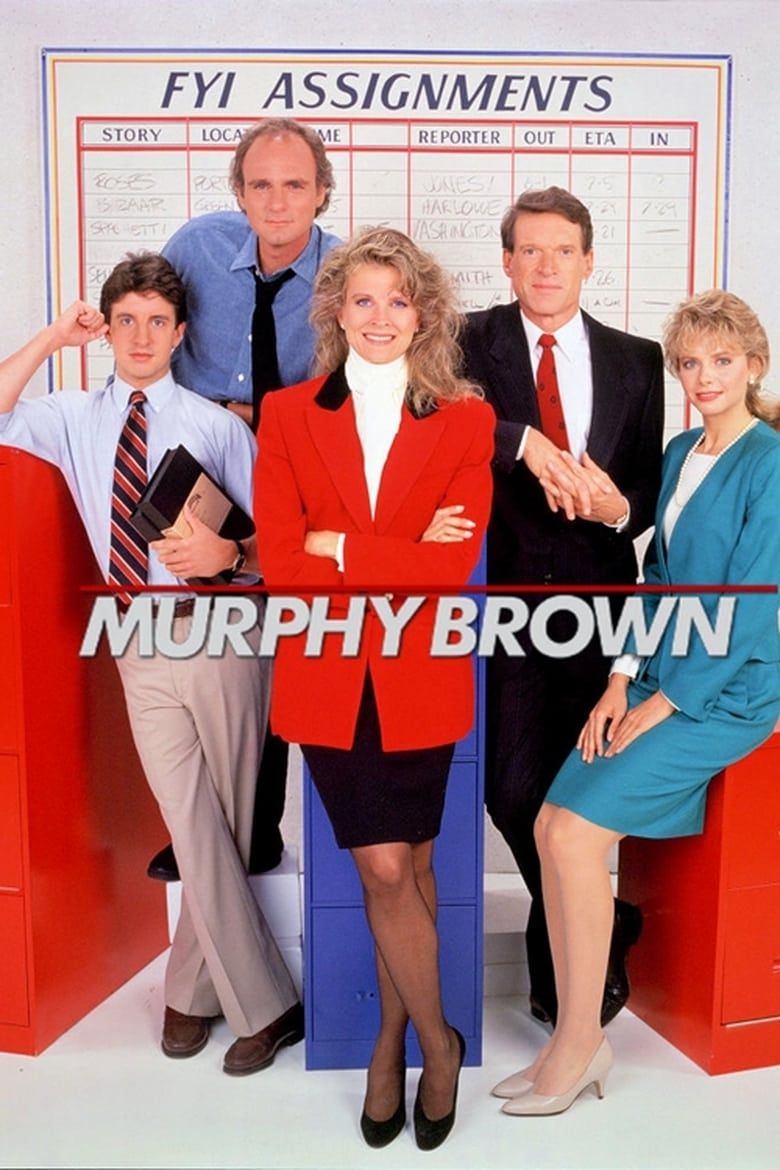
Murphy Brown
- Release Date
-
1988 – 2017
- Network
-
CBS
3
‘The Wonder Years’ (1988–1993)
Created by Neal Marlens and Carol Black
The Wonder Years offered a nostalgic glimpse into the past, akin to a classic John Hughes film but tailored for television. This coming-of-age series resonated deeply with viewers, becoming a blueprint for many similar shows that followed. Set against the backdrop of the late ‘60s, it centers on Kevin Arnold (Fred Savage), a teenager grappling with the typical challenges of adolescence and middle-class life.
Highly regarded as one of the decade’s best shows, The Wonder Years struck a chord with both parents and children alike, as it tackled relatable themes from its 1980s perspective while being set in the earlier decades. It was groundbreaking for addressing teenage issues with maturity while still being suitable for family audiences.
2
‘Murder, She Wrote’ (1984–1996)
Created by Peter S. Fischer, Richard Levinson, and William Link
The murder mystery and police procedural genres owe a great deal to early shows like Murder, She Wrote, which redefined the format. Angela Lansbury shines in her role as Jessica Fletcher, a mystery novelist and amateur sleuth whose keen eye for detail and knowledge of crime enables her to unravel cases in ways that law enforcement often overlooks.
Murder, She Wrote was a pioneer in presenting the concept of an amateur detective, a character who possesses a unique talent for crime-solving despite lacking formal law enforcement training. This show also paved the way for female leads in crime dramas, establishing a trend that would inspire countless successors.
1
‘Roseanne’ (1988–1997)
Created by Matt Williams
Premiering towards the end of the decade, Roseanne was the first sitcom that accurately portrayed a middle-class American family struggling financially, living paycheck to paycheck. Rather than focusing on affluent families with trivial dilemmas, the characters in Roseanne navigate real-life challenges in a modest home filled with relatable issues, including moody teenagers and imperfect parents.
Roseanne emerged as one of the defining shows of the 1980s, resonating with viewers due to its raw authenticity and relatable storytelling. For the first time, many families saw their own dynamics reflected on screen, as the show boldly addressed social, political, and economic issues, including topics like immigration, healthcare, and discrimination.

[nospin]Here you can find the original article; the photos and images used in our article also come from this source. We are not their authors; they have been used solely for informational purposes with proper attribution to their original source.[/nospin]


